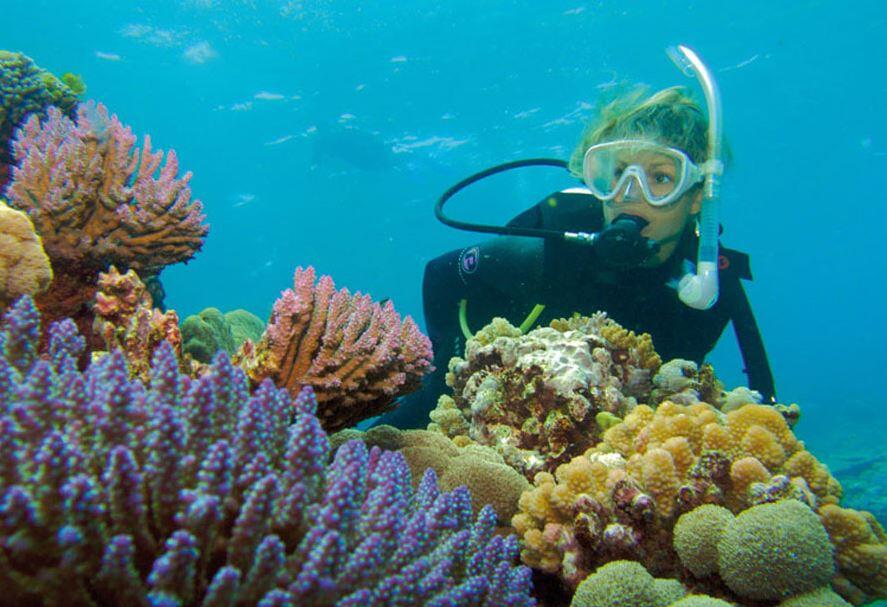
How To Be Safe This Stinger Season
Since November 2018, twenty-two people in Queensland have been hospitalised with suspected Irukandji jellyfish stings.
The dangerous and potentially deadly stingers are typically found in high numbers in tropical North Queensland waters including the Whitsundays, Fraser Island and The Great Barrier Reef, however heavy rainfall has lured them further south to areas all up and down the Queensland and northern NSW coastline.
At just 1 - 2cm in diameter, the Irukandji is the tiniest and one of the deadliest jellyfish in the world. The tentacles can reach up to 1m long and are almost translucent and very difficult to see while swimming or snorkelling.
What are the chances of being stung?
Out of the approximate 2 million people who visit the Great Barrier Reef each year, a particularly bad season will yield around 50 - 100 Irukandji stings that need medical treatment.
How do you avoid being stung?
To reduce the chances of being stung it is advised to always swim between the red and yellow flags and pay attention to any warning sings displayed by lifeguards. The best way to avoid being stung is to wear a lycra 'stinger suit' when exploring the Great Barrier Reef.
What are the symptoms of an Irukandji sting?
If you do happen to be stung by an Irukandji, symptoms can take up to 45 minutes to develop and can include headaches, lower back pain, muscular cramps, overall body pain, vomiting, profuse sweating or difficulty breathing.
How do you treat a sting?
• Remove the victim from the water and call 000
• Soak the sting immediately with vinegar for 30 seconds and do not rub the sting site.
• If vinegar is not available, remove the tentacles and apply seawater
• Do not wash the sting with fresh water, alcohol, sand or urine.
• While waiting for help to arrive, regularly monitor the victims heart rate, breathing and level of consciousness.
(8th January 2019)
